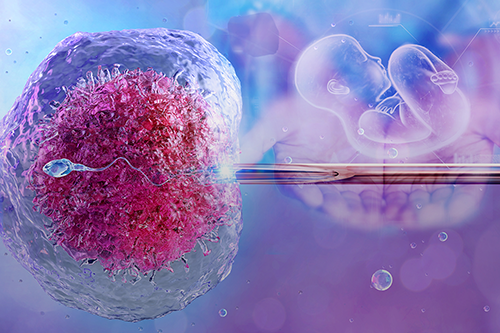
IVF, or In Vitro Fertilization, is a medical procedure used to help individuals or couples conceive a child when they are facing infertility issues. In IVF, an egg is fertilized by sperm outside the body, in a laboratory dish. The process typically involves several steps:
Ovarian Stimulation : The woman is given hormones to stimulate her ovaries to produce multiple eggs, rather than the single egg produced in a normal cycle.
Egg Retrieval : Once the eggs are ready, they are retrieved from the ovaries using a needle inserted through the vagina, guided by ultrasound.
Fertilization : The eggs are then fertilized with sperm in the laboratory. If there are concerns with sperm quality, a procedure called ICSI (Intracytoplasmic Sperm Injection) may be used, where a single sperm is injected directly into an egg.
Embryo Culture : The fertilized eggs (embryos) are cultured for several days, usually 3 to 5 days, to allow them to develop.
Embryo Transfer : One or more healthy embryos are selected and transferred into the woman's uterus, where implantation can hopefully occur.
Pregnancy Test : About two weeks after the embryo transfer, a pregnancy test is done to determine if the procedure was successful.
IVF can be used to address a variety of fertility issues, including blocked fallopian tubes, male infertility, age-related infertility, or unexplained infertility. It can also be an option for people using donor eggs, sperm, or embryos.